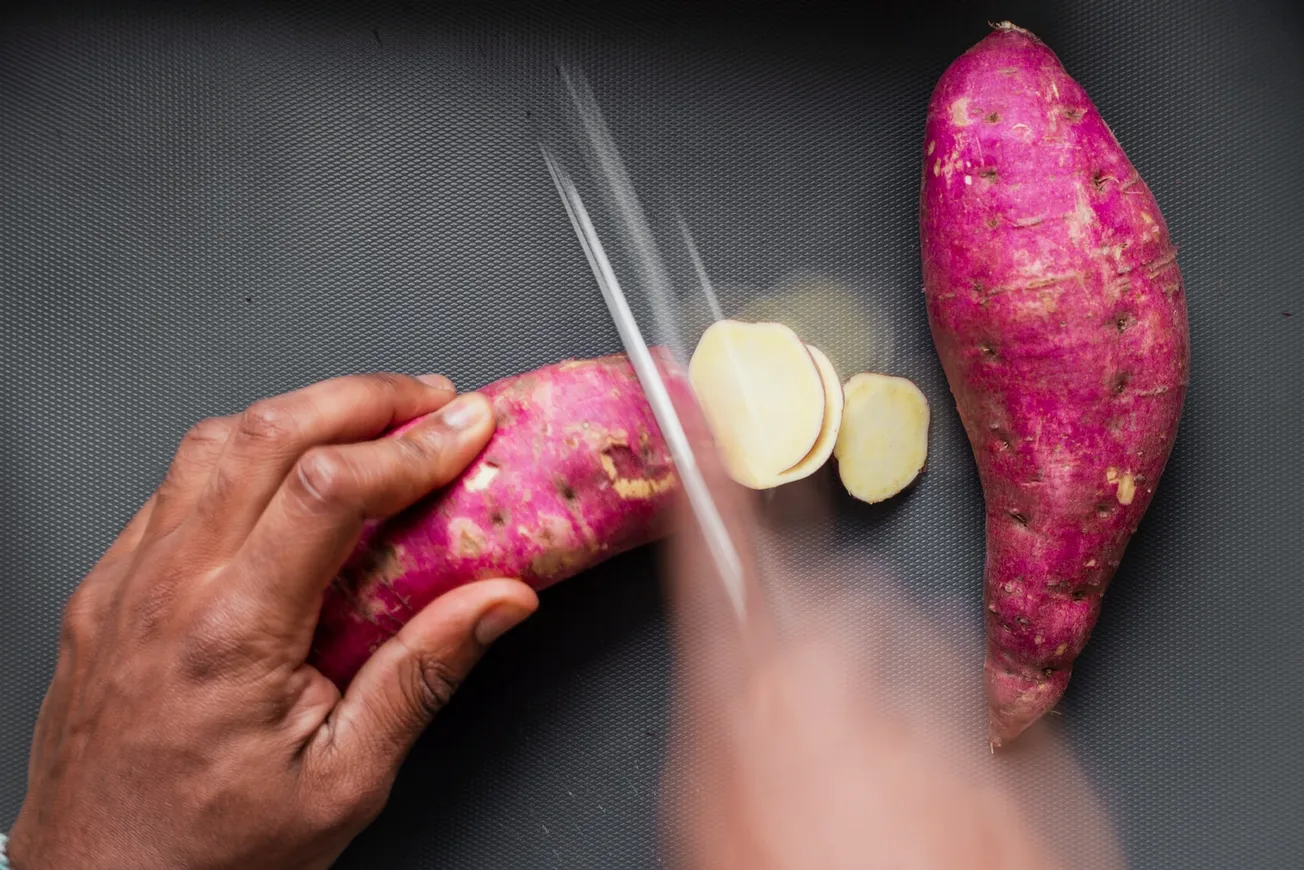Kaore te kumara e korero mo tona ake reka. (The kumara doesn’t speak of its own sweetness).
Today’s column begins with this whakatauki (proverb) as a reassurance that I am by no means insensitive to the importance of tikanga Maori in our lives as New Zealanders. This kumara whakatauki is often used by Maori orators to advocate “all things in moderation”.
Addressing today’s theme was in part motivated by this article posted by Dr Muriel Newman in a recent edition of New Zealand Centre for Political Research which I urge you to read now before going any further.
In brief, the article discusses a report, He Puapua, aiming for full implementation by 2040 of the UN Indigenous Rights Declaration under which our New Zealand Constitution will become based on a Treaty of Waitangi “partnership” which Dr Newman says will embed tikanga into our common law and empower Maori separatists to control the country.
He Puapua was produced by the Ministry for Maori Development outlining a plan for implementing the United Nations Declaration on the Rights of Indigenous Peoples, and, says Dr Newman, raises important questions:
“Is Jacinda Ardern governing on behalf of the people of New Zealand, or is she turning this county into an outpost of the UN?”
Looking at her track record as Prime Minister, it certainly appears as if she’s being driven by the dictates of the UN. She admitted as much in a 2019 speech to the Bill Gates Foundation, when she described how she was enacting the UN’s Agenda 2030 in New Zealand:
“We have incorporated the principles of the 2030 Agenda.”
More worrying is the fact that Dr Newman reminds us:
“There has been no public debate about the Declaration, nor was it mentioned in the Labour Party’s election manifesto.”
Woke-ism by stealth? I’ll discuss that at greater length in future columns.
Meantime, I have two immediate questions:
- Are you worried about the pace and extent of current views media efforts, especially on TV1 to increase te reo Maori in our everyday Kiwi vernacular?
- If so, is it time to introduce a “Spew Meter”, the acronym SPEW standing for Speak Plainly Each Way?
As a native New Zealander of Irish ancestry, thus qualifying me to the unique identity as a Pakeha, I am entirely at ease with the Maori dimension that sets our country apart in this world. I am unhesitatingly resolute in my support for the Treaty of Waitangi because it enabled my great great great grandfather, Andrew McMahon, a former Colour Sergeant in the Irish Regiment of the British Army, to settle in Onehunga in 1849 as a Fencible soldier. It has taken me 91 years to get around to it, but finally I am taking lessons in te reo, if for no other reason than to better understand the lyrics of the wonderfully melodious Maori songs I have been singing for my own amusement for the past half-century.
I now begin every email message with the greeting “Kia ora…” (“Be well”) because I find it more matey in a Kiwi way than the starchy “Dear…” and less number-specific than Tena koe (to one), Tena korua (to two), Tena koutou (to more than two), and when speaking to groups, I regularly begin with Tenara tatou katoa (greeting to us all including myself).
But I am finding myself questioning increasingly the inclusion of more obscure Maori terms, especially in the news telecast of TV1. I can admire the accuracy of pronunciation by Simon Dallow midweek and Melissa Stokes at weekends. I have had no problem with Melissa’s “Hoki mai, ano”(“welcome back again”), after an advertisement break, but began to rile when I had to look up the meaning of Simon’s “Whai ake nei” (“what’s coming up”) leading into a commercial break.
As for the sub-titling at the foot of the Mobil advert that introduces the sports section, and whatever it is that Andrew Saville is trying to say in te reo, I just haven’t bothered to learn; it’s easier just to switch off the mind for a few seconds. To whoever it is at TV1 who writes this stuff: remember, you’re in the game of communications. If you must persist, at least follow up with a translation in English so we know what you’re taking about. Better still, what about providing English subtitles? Then, those of us who wanted to learn more te reo could do so, just about effortlessly!
What is of concern to me, and should be likewise of concern to the majority of moderate Maori among my fellow Kiwis, is the opportunity this provides for extremists to vent their pernicious propaganda that is creating a racist divide that didn’t used to exist, and should never have been allowed to get started.
I have no problem with Maori efforts to persuade us all to seek better knowledge of te reo, but let’s do it in a way, and at a pace, that embellishes our Kiwi vernacular. And to my Maori friends pushing this particular barrow at times a little too hard: ask yourselves why it is that you continue to make your case in English rather than resorting just to te reo?
And to the pink-neck “banners” who bewail with increasing ferocity what they claim is forced racial division based on language: while we have become a joyfully multi-cultural society which has enriched our lives in so many ways, we are historically a bi-cultural state: not a “partnership” as some Maori extremists like to claim, but a close two-party association by agreement in which the Maori dimension sets New Zealand apart in a world in which there are forces abroad wanting to push us into the virtual oppression of globalisation.
So, let’s all taihoa (slow down, take it easy) and listen to the silence of the kumara. Ka kite ano (see you later).
Please share this BFD article so others can discover The BFD.









